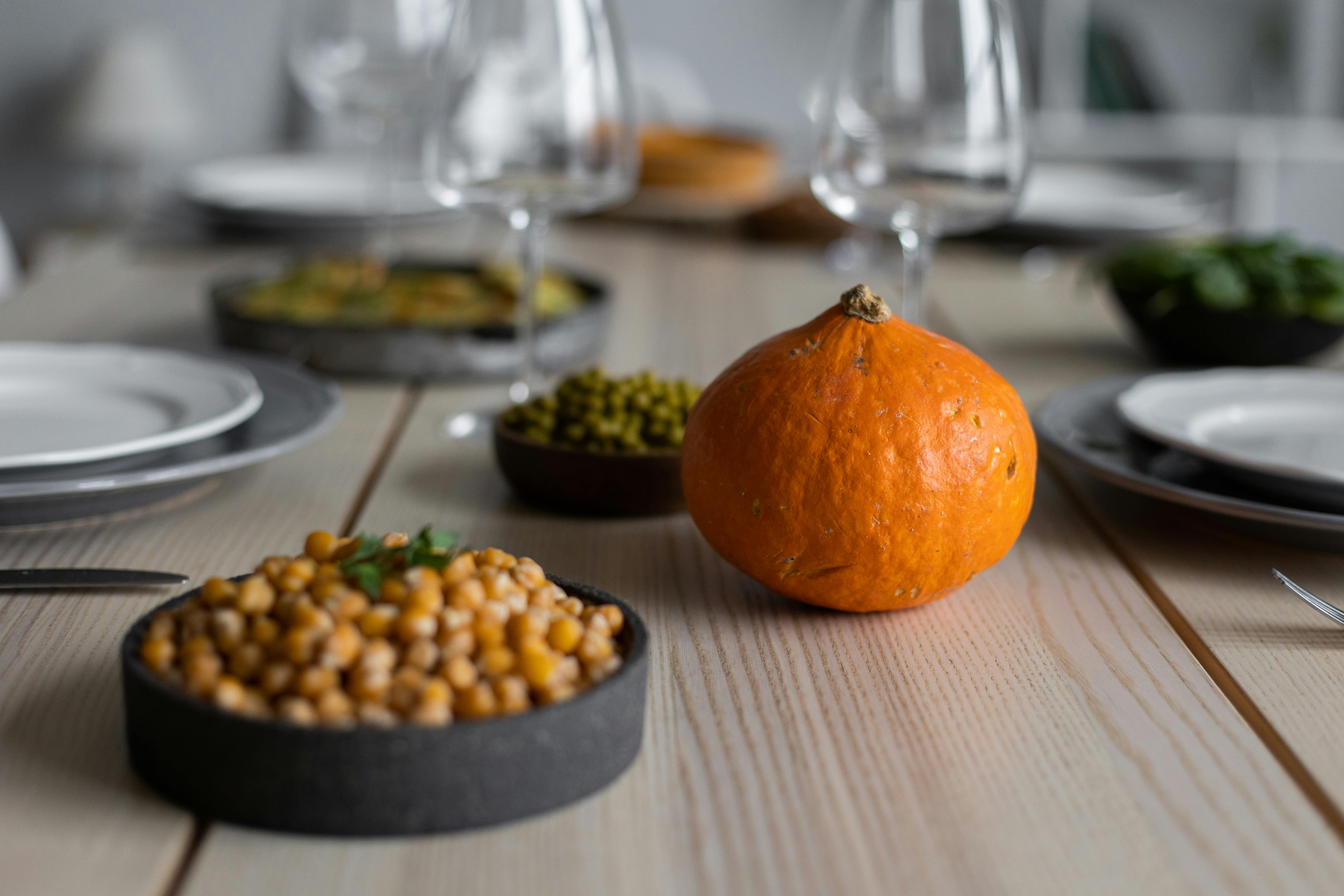
Leyland Cypress Staking Is Critical
admin
- 0
Leyland Cypress trees catch a lot of wind! A deciduous tree like a maple or oak has leaves that bend to let the wind pass, but Leyland Cypress and Thuja Green Giant trees catch the wind. It is important to use the appropriate stakes and tie-down material for each size of tree, and it is also important when they should be removed. In the case of ball and burlap trees especially, the connection of the trunk to the root system will have loosened due to loading onto the truck, transport to your location, and unloading. Setting them out correctly will allow the connection to be retightened and they will also be straight when set. Here’s exactly what stakes to use, how to secure them, and where to buy the material I recommend. Proper stakeout is one of the most important steps to success. Don’t waste your money on mulch and invest it in securing your privacy screen trees.
Trees ten feet or taller should be staked with six-foot metal fence posts so that each tree is secured in three or four directions. Allowing them to sway back and forth will break the connection between root and trunk and a percentage of the trees will die. Ball and burlap trees from 10ft to 25ft should be staked with am Leonard item LT500G tree straps, green is my favorite. It’s easy around the trunk and still has a 900 pound test strength. Landscapers have used rebar wire or aluminum electric fence wire pushed through two-foot sections of garden hose for years, which will work for smaller ball and burlap (B&B) trees up to thirteen feet tall, but it’s not strong enough for larger trees and also takes a lot of time and dull knives cutting through all that garden hose. I always come back a year later and collect the stakes from my trees and it is very important to cut the tie material from around the trunk. An Arborist Knot is better, as it will hold but allow a little stretch when you secure it around the trunk, but I also wouldn’t be convinced his helpers used it faithfully on every tree. If you are faithful and remove the tie tape from the tree after one year, the tree will not be damaged even if other knots were used.
Trees fourteen feet or taller are best staked by securing the tie around the trunk halfway to the ground (or as high as you can reach) from the ground. For trees this top heavy, you should not tie them to a metal fence post directly in front of the tree because as the wind rocks the tree it will lift the stake. If using six-foot metal fence posts on trees this size, secure each tree’s tie to the bottom of the tree stake just at ground level in front of the next tree along the row. If you had trees spaced eight feet center to center, and stretched and tied the net nine feet high on the trunk, your lines would be at forty-five degree angles. Long Island landscapers use four-inch-diameter pine poles available at Lynch’s Garden Center in Southampton. Drive on the ground at 45 degree angles away from the trunk. These are strong stakes, but still the lines should be tied to the middle of the logs and the lines should be at forty-five degree angles to strengthen the stakes. Smaller ball and burlap trees can be staked with three-ply polyester twine, it usually comes in white and has the advantage of rotting after a year. This is great for landscaping work a good distance away that you may not want to return to just to release tie-down material.
For seven-foot-tall B&B trees in a twenty-two-inch root ball, you can stake with two-inch by two-inch six-foot-tall hardwood stakes and use the poly twine or tree-tying strap.
When I plant five-tall ten-gallon container-grown trees, I use 1-inch-diameter, 8-foot-tall bamboo stakes that can be purchased for about a dollar each. For this application, use a post driver tool and drive the stake down through the root ball into the soil below and use the poly twine. You won’t have to go back to work and collect the bamboo stakes, the underground part will be rotten by that time and the cloak rope will have rotted as well. After six months, walk down the tree line and re-tie anywhere the twine has rotted, so by fall, re-tie spring-planted trees.

